One Eternal, One Temporary
God said to the Israelites after the Exodus:
You have seen what I did to the Egyptians, and how I bore you on eaglesŌĆÖ wings and brought you to Myself. Now therefore, if you will indeed obey My voice and keep My covenant, then you shall be a special treasure to Me above all people; for all the earth is Mine. And you shall be to Me a kingdom of priests and a holy nation (Exodus 19:4ŌĆō6 NKJV, emphasis mine).
A covenant is an agreement or arrangement between two parties. But in this passage, God doesnŌĆÖt say ŌĆ£our covenant,ŌĆØ but ŌĆ£My covenant,ŌĆØ yet He calls for the people to obey His covenant.
What is this covenant, arrangement, or agreement that God calls people to obey?
Is the covenant at Sinai the same one or a different one from the covenant with Adam, Noah, and Abraham? Is it the same one or a different one from the covenant given to all humanity through JesusŌĆöwhat Jeremiah and Hebrews call the new covenant?┬Ā
Is there one covenant or are there two covenantsŌĆöis there an old covenant and a new covenant? Are they different names for the same covenant, or are they different in some way? Are the old and new covenants connected but different?
There are two covenants based upon two laws, two promises, two lands, and two starting and ending points. One covenant is universal and eternal and is based on GodŌĆÖs eternal design law and eternal promise; the other covenant is provisional and temporary and is based on a provisional, temporary arrangement of the law and a temporary regional promise.
People mix these two covenants, laws, and promises up all the time, and it causes untold confusion and misunderstanding. My goal in this blog is to provide a clear understanding of these two covenants.
┬Ā
The Universal Covenant
GodŌĆÖs eternal, universal covenant is His covenant of grace to save sinners from sin, a promise He made in Eden (Genesis 3:15). It is the fulfillment of His plan that has been in existence from the foundation of the world. This is the covenant, agreement, arrangement made amongst the Godhead before Earth was created and which was, as recorded in Genesis, communicated and offered to Adam, the head of the entire human race, before any children were born.
This universal covenant is the agreement between the Father, Son, and Holy Spirit that Jesus would become human, taking up humanity damaged by sin, suffer the full weight of sin, in harmony with GodŌĆÖs eternal design laws and justice, and as our sinless substitute, in harmony with the laws of life, destroy the infection of fear and selfishness, (cause of death), and, through His sinless human life and sacrificial death, purge the spirit of fear and selfishness from humanity and restore the spirit of love and trust, bringing back holiness, perfection, sinlessness, a righteous and holy spirit of life into humanity and become the redeemer, the second Adam, the new head of humanity, the connecting link between mankind and God.
This is the agreement the Godhead made, and it was this covenant, the covenant of grace, that was communicated to Adam and Eve as recorded in Genesis 3:15: The seed of the woman would crush the serpentŌĆÖs head.
This eternal covenant, made among the members of the eternal Godhead, is based upon GodŌĆÖs eternal law, His design law, the laws that reality and life are built to exist and operate upon. Mankind, the species created in Eden, could be saved only by Jesus becoming a human, someone who is a part of this species, who shares the life breathed into Adam, and who eradicates the terminal spirit of fear and selfishness and restores in humanity a holy spirit of love and trust.
This must be done in harmony with GodŌĆÖs law and justiceŌĆömeaning in harmony with reality, the laws that God built life to operate upon, and thereby restore humanity to unity, at-one-ment, with God.
In order to do this, Jesus had to become a real human being. And He became a real human being by partaking of the life/spirit/breath of life breathed into Adam, a life corrupted with fear and selfishness by Adam and passed down to all of us. He partook of this life through His human mother, Mary, and thus became a real human being, part of this human family. But the Father to His humanity was the Holy Spirit, so He was born as a real human being but one who had a sinless life, a pure spirit of perfect love and trust. In His humanity, He could experience temptation in all points just like us, but He chose to live only by the life of love and trust and, thus, was without sin (Hebrews 4:15).
In order to complete the covenant, the agreement made among the Godhead, Jesus, in His humanity, had to suffer the full weight of GodŌĆÖs justice, which is God doing what is right or just in harmony with His law. This means that God would not artificially interfere, would not change, abridge, modify, or abrogate His law, but would sustain the operation of His law to the full extent and result of His law.
This means the impact of sin was fully experienced by Jesus, our human substitute. That means Jesus experienced the full weight of what sin does without any intervention by His Father, without the Father blunting it, anesthetizing it, reducing it, or removing it. And sin tempted JesusŌĆöHe was tempted with pain, fear, and the spirit of fear and selfishness to act to save Himself. And the spirit of fear and selfishness, with its terror, dread, guilt, and shame, tempted Jesus to believe the lie that His separation from the Father would be eternal (even though Jesus knew better and had already told His disciples multiple times that He would die and rise again). The Father did not remove the burden, but when Jesus fell down dying in Gethsemane, the Father instead sent an angel to strengthen ChristŌĆÖs humanity so that He could complete Their covenant, mission, agreement.
The spirit of fear inherited from Adam tormented Jesus, and at the cross, He died when the Father separated from Him, because sin severs the connection with God, the source of life. The Father sustained His design law, the law of liberty, and left Jesus free to reap what Jesus choseŌĆöand Jesus chose to be our Savior, our human substitute, to complete the covenant of grace He had established with His Father. And at the cross, Jesus killed, purged, eliminated, destroyed the spirit of fear and selfishness from the humanity He had inherited through Mary and rose in a purified, sinless humanity animated only by the sinless spirit He inherited from the Holy Spirit.
Jesus covenanted, agreed, arranged with His Father and the Spirit to take up humanity terminal in sin and cure it, perfect it, redeem it, and restore it to GodŌĆÖs sinless family.
This is GodŌĆÖs covenant of grace, which is the eternal covenant and the outworking of GodŌĆÖs design laws for life being sustained by God and lived out by Jesus.
This covenant is universal in its application. The species human was saved, put right with God, justified with God, in the person of Jesus Christ, and every human sinner, because of Jesus, is offered free healing, free salvation, free restoration, free exchange of their terminal sinful life for JesusŌĆÖ sinless life. And simultaneously, GodŌĆÖs covenant, completed by Christ, secures the sinless universe in loyalty.
God was pleased to have all his fullness dwell in him, and through him to reconcile to himself all things, whether things on earth or things in heaven, by making peace through his blood, shed on the cross (Colossians 1:19ŌĆō20 NIV84, emphasis mine).
This is the universal, eternal covenant that extends to the unfallen beings as it demonstrates the truth of GodŌĆÖs character, His unchangeable design laws, and confirms them in their loyalty.
Peter describes this eternal covenant by saying:
He was chosen before the creation of the world, but was revealed in these last times for your sake (1 Peter 1:20 NIV84).
Revelation references it also:
The Lamb slain from the foundation of the world (Revelation 13:8 NKJV).
Bible commentaries also recognize this:
By Christ the work upon which the fulfillment of GodŌĆÖs purpose rests was accomplished. This was the agreement in the councils of the Godhead. ŌĆ” God gave to His Son all who would be true and loyal. Christ covenanted to redeem them from the power of Satan, at the price of His own life. We have the condition of this covenant. The LORD says, [ŌĆ£It was my will that he should suffer; his death was a sacrifice to bring forgiveness. And so he will see his descendants; he will live a long life, and through him my purpose will succeed. After a life of suffering, he will again have joy; he will know that he did not suffer in vain. My devoted servant, with whom I am pleased, will bear the punishment of many and for his sake I will forgive them. Isaiah 53:10,11 GNT]ŌĆØ (E.G. White, 13LtMs, Lt 126, 1898, par. 15. NOTE: The author quoted the KJV; I replaced the KJV with a more modern translation for easier reading).
It was the FatherŌĆÖs agreement, will, arrangement, that Jesus would be our Savior, our substitute, to take upon Himself the sin-condition for the purpose of eliminating it and restoring humanity to sinless perfection and eternal life. Jesus is, as John the Baptist said, ŌĆ£the Lamb of God, who takes away the sin of the world!ŌĆØ (John 1:29 NIV84, emphasis mine). This is the FatherŌĆÖs willŌĆöto destroy sin and save sinners. This is the eternal covenant of grace that was repeated to Noah when God saved the human family from eternal destruction by keeping open the avenue for the fulfillment of the Genesis 3:15 promise.
It is the covenant communicated to Abraham in the promise:
ŌĆ£In your seed all the nations of the earth shall be blessed, because you have obeyed My voiceŌĆØ (Genesis 22:18 NKJV).
That ŌĆ£seedŌĆØ is Jesus, the promised ŌĆ£seedŌĆØ of Genesis 3:15.
And this universal promise was repeated to Isaac and Jacob:
To Isaac: ŌĆ£In your seed all the nations of the earth shall be blessedŌĆØ (Genesis 26:4 NKJV).
To Jacob: ŌĆ£In you and in your seed all the families of the earth shall be blessedŌĆØ (Genesis 28:14 NKJV).
This eternal covenant is based upon GodŌĆÖs eternal design law, the laws that life and the operations of reality are built upon, and it is universal in its application.
┬Ā
The Temporary Covenant
But God also made a separate provisional, regional, and temporary covenant with Abraham, Isaac, Jacob, and their descendants, and that was the agreement or mission covenant that they would be the protectors of the written Word of God, the repository of the object lesson teaching tools, and most importantly, the branch of the human family through whom the Messiah would come for the completion of the global eternal agreement (covenant).
In other words, God made a temporary, mission-focused covenant/agreement with the Jews for the purpose of fulfilling His eternal global covenant/agreement.
This temporary, provisional, regional covenant was the covenant for the Jews to possess the land of Palestine. And it included the temporary imposed laws, ordinances, rituals, ceremonies, and the added and temporary arrangement of the eternal design law in the form of the Ten Commandments, written for the need of sinful humans.
All of these laws were added for the purpose of establishing an organization in a sinful world, composed of sinful, unconverted people, with sufficient externally imposed structure to maintain organizational integrity long enough for the fulfillment of the global eternal covenant that would actually resolve and remove sinŌĆömeaning until Jesus was born and completed the eternal covenant of grace made among the Godhead and communicated to humanity in Eden.
GodŌĆÖs promise for the local/regional fulfillment to AbrahamŌĆÖs biological descendants included the temporary promise of a local parcel of land:
The LORD appeared to Abram and said, ŌĆ£To your offspring I will give this landŌĆØ (Genesis 12:7 NIV84).
This is the regional promise for the genetic descendants to occupy Canaan for the purpose of being the branch of the human family through which the Messiah would be born.
But God also promised to Abraham that through his ŌĆ£seed,ŌĆØ meaning Jesus, the universal covenant promised in Genesis 3:15 would be accomplished.
The LORD said to Abram after Lot had parted from him, ŌĆ£Lift up your eyes from where you are and look north and south, east and west. All the land that you see I will give to you and your offspring forever. I will make your offspring like the dust of the earth, so that if anyone could count the dust, then your offspring could be counted. Go, walk through the length and breadth of the land, for I am giving it to youŌĆØ (Genesis 13:14ŌĆō17 NIV84).
What is being promised here is not a strip of land in the Middle East, but the entire earth (east, west, north, southŌĆöall points of the compass) will be given to the people of God; the earth will be made new, and those who are like Abraham in character, in faith, whose hearts have been circumcised from sin, will be heirs to this promise and inherit the earth. As Jesus said, the meek will inherit the earth, not just the Middle East.
The covenant with and promises to Abraham were dualŌĆöa local, regional one and a global, eternal one. These covenants had two laws, two promised lands, two applications, two purposes, two starting points, and two ending points.
The local application is the one in which AbrahamŌĆÖs genetic descendants are the branch of the human family through whom God accomplishes the promise of Genesis 3:15 and through whom the Messiah is born. This local regional promise to Abraham informs him that his children would inherit the land in Canaan for the purpose of fulfilling their mission of protecting the inspired record and being the avenue through whom Messiah would come so that Jesus could fulfill GodŌĆÖs greater universal promise, the covenant of grace recorded in Genesis 3:15, and crush the serpentŌĆÖs head so that the ŌĆ£meek will inherit the earthŌĆØ made new (Matthew 5:5)ŌĆöthe true Promised Land.
The genetic descendants inherited Canaan in order to be the avenue for Jesus, our Savior, to be born and fulfill the covenant given to the entire human family in Genesis 3:15 so that the spiritual descendants of AbrahamŌĆöall those who have faith like AbrahamŌĆöwill inherit the entire planet, the earth made new.
Paul confirms this:
You are all sons of God through faith in Christ Jesus, for all of you who were baptized into Christ have clothed yourselves with Christ. There is neither Jew nor Greek, slave nor free, male nor female, for you are all one in Christ Jesus. If you belong to Christ, then you are AbrahamŌĆÖs seed, and heirs according to the promise (Galatians 3:26ŌĆō29, emphasis mine).
The dual-fulfillment promise to Abraham had two starting points and two ending points. The starting point of the universal promise was in Eden, recorded in Genesis 3:15; the starting point of the regional promise was with Abraham when he was called out of Ur. The ending point of the universal is when Jesus recreates the earth and the meek inherit it; the ending point of the regional promise for the genetic people was when they rejected and crucified Christ and said, ŌĆ£We have no king but CaesarŌĆØ (John 19:15 NIV84). This is confirmed by Jesus when He said, to them, ŌĆ£Your house is left to you desolateŌĆØ (Matthew 23:38 NIV84).
Jesus masterfully weaves these two covenant promises together in His prophetic description of the destruction of Jerusalem and His second coming as described in Matthew 24 and Mark 13. The destruction of Jerusalem occurred because the regional fulfillment of the promise had ended. The genetic descendants kept the prophetic writings intact, kept open the avenue for the Messiah, and Jesus came, but they rejected Him and there was no further purpose for a regional land to be occupied by them. The gospel must now go to the world. It is time for the global application, which culminates in the Second Coming and the meek inheriting the earth. (For more on the land covenant, see our blog Israel and the Promised Land Today.)
┬Ā
Two Covenants
| Grace. | Law. |
| Eternal/Universal. | Temporary/Provisional/Regional. |
| Design law. | Imposed law. |
| Law written on the heart. | Law written on stone[1]. |
| Entire world. | Palestine. |
| All humanity. | Jews. |
| Started with AdamŌĆÖs fall. | Started with AbrahamŌĆÖs call. |
| Purpose: Eliminate sin from universe. | Protect Written Word/Avenue Living Word. |
| Applies to all the universe. | Applies to Jewish nation in Bible times. |
| Never ends/completes at end of 1,000 years. | Ended at JesusŌĆÖ crucifixion/resurrection. |
┬Ā
There is an eternal/universal covenant of GodŌĆÖs grace, built upon GodŌĆÖs eternal design laws, applicable to all of GodŌĆÖs creation, with specific application to redeeming sinful humanity, but it also purifies the entire universe from sin. This covenant went into effect when Adam fell, was ratified, certified, accomplished when Jesus died, and will be completed at the end of the 1,000 years, when sin and sinners are eliminated from the universe and all remaining intelligent beings are back in perfection and unity with God.
But in the process of God completing His eternal/universal covenant, He made a temporary/provisional covenant or agreementŌĆönot one of salvation, as that is the eternal covenant, but one of mission and purpose, and that mission was for the Jews to be the repository of the written Word, the object lesson teaching tools, and the biological branch/avenue of the human family through whom Messiah would be born. That temporary agreement or covenant was with the descendants of Abraham, Isaac, Jacob and it was based on imposed laws, rituals, ceremoniesŌĆönone of which brought salvation but which brought structure and order in a sinful world for the purpose of accomplishing the mission or goals in this sinful world for the purpose of completing the eternal/global covenant, which is freely offered to all humanity.
Interestingly, after studying this out and coming to these conclusions, I came across the following Bible commentary, written by one of the founders of the Seventh-day Adventist Church. ItŌĆÖs humbling to realize that my views are not new but have been taught long before I was born. I wonder why, then, I wasnŌĆÖt taught this all along? Why did I have to ŌĆ£discoverŌĆØ this again through my own study? Was it that I wasnŌĆÖt paying attention in school and church? Or could it be that this truth has been obscured and lost sight of? Which perspective on this have you been taught?
As the Bible presents two laws, one changeless and eternal, the other provisional and temporary, so there are two covenants. The covenant of grace was first made with man in Eden, when after the Fall, there was given a divine promise that the seed of the woman should bruise the serpent’s head. To all men this covenant offered pardon, and the assisting grace of God for future obedience through faith in Christ. It also promised them eternal life on condition of fidelity to God’s law. Thus the patriarchs received the hope of salvation.┬Ā
This same covenant was renewed to Abraham in the promise, ŌĆ£In thy seed shall all the nations of the earth be blessed.ŌĆØ Gen. 22:18. This promise pointed to Christ. So Abraham understood it, and he trusted in Christ for the forgiveness of sins. It was this faith that was accounted unto him for righteousness. The covenant with Abraham also maintained the authority of God’s law. The Lord appeared unto Abraham, and said, “I am the Almighty God; walk before me, and be thou perfect.” The testimony of God concerning His faithful servant was, “Abraham obeyed my voice, and kept my charge, my commandments, my statutes, and my laws.” Gen. 17:1; 26:5.
The Abrahamic covenant was ratified by the blood of Christ, and it is called the “second,” or “new,” covenant, because the blood by which it was sealed was shed after the blood of the first covenant.
The covenant of grace is not a new truth, for it existed in the mind of God from all eternity. This is why it is called the everlasting covenant.
There is hope for us only as we come under the Abrahamic covenant, which is the covenant of grace by faith in Christ Jesus. The gospel preached to Abraham, through which he had hope, was the same gospel that is preached to us today. ŌĆ” Abraham looked unto Jesus, who is also the author and the finisher of our faith (Faith I Live By, p. 77, emphasis mine).
I encourage you to embrace and experience the covenant of grace, the eternal, universal covenant that God instituted. Leave the temporary imposed law, legal, penal view of God and return to worshiping Him as Creator, understanding all His laws are design laws. Invite Him into your heart and exchange your spirit of fear for His Spirit of love and trust and allow Him to write His living law of love upon your heart and mind!
┬Ā
[1] This does not mean that Ten Commandments were done away with or are no longer binding, but that in the new covenant the complete aspect of the law of love (love for God and man), which are codified by the Ten Commandments, are no longer externally written upon stone but are internally written upon the heart (Hebrews 8:10).
┬Ā
┬Ā

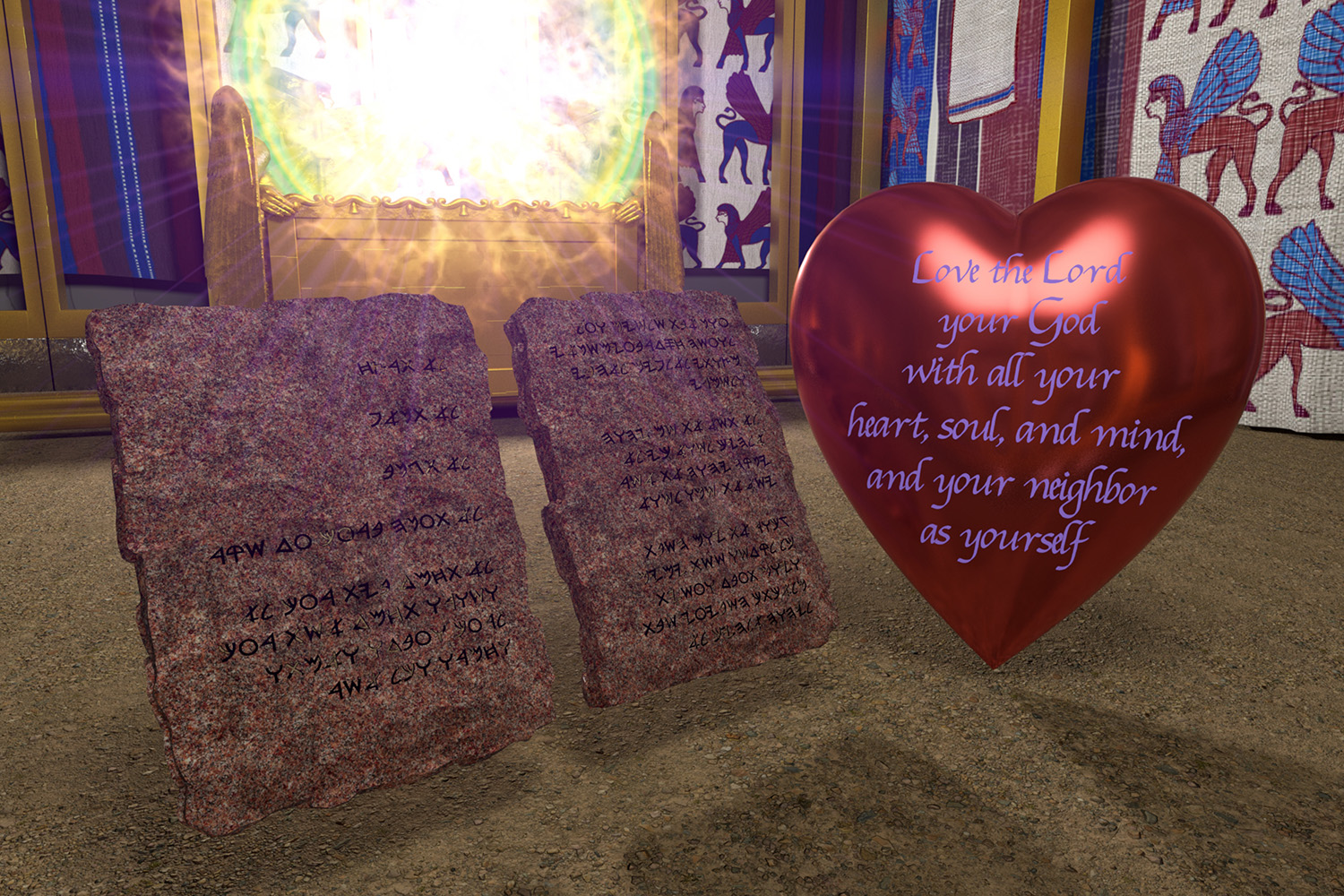





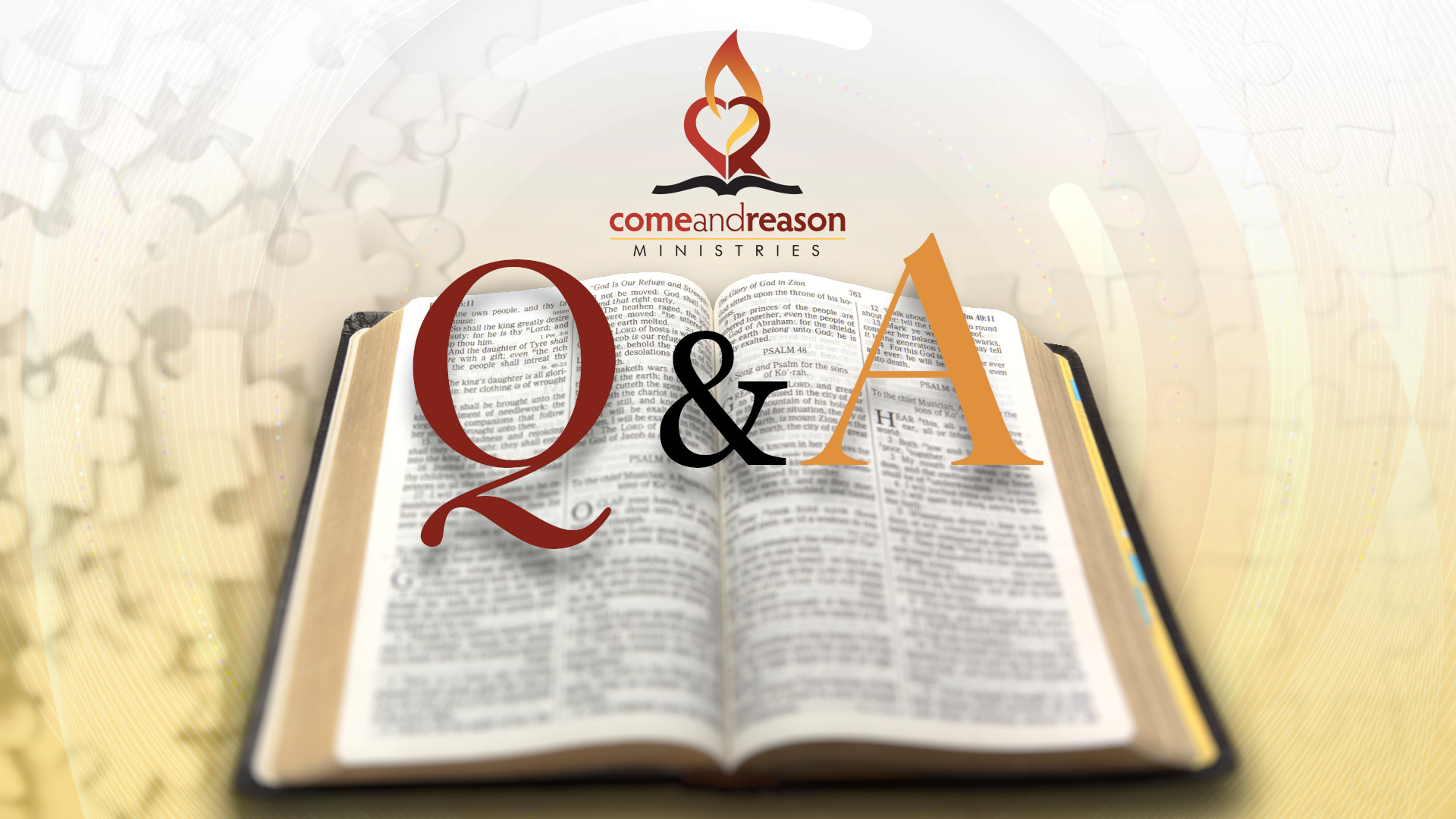
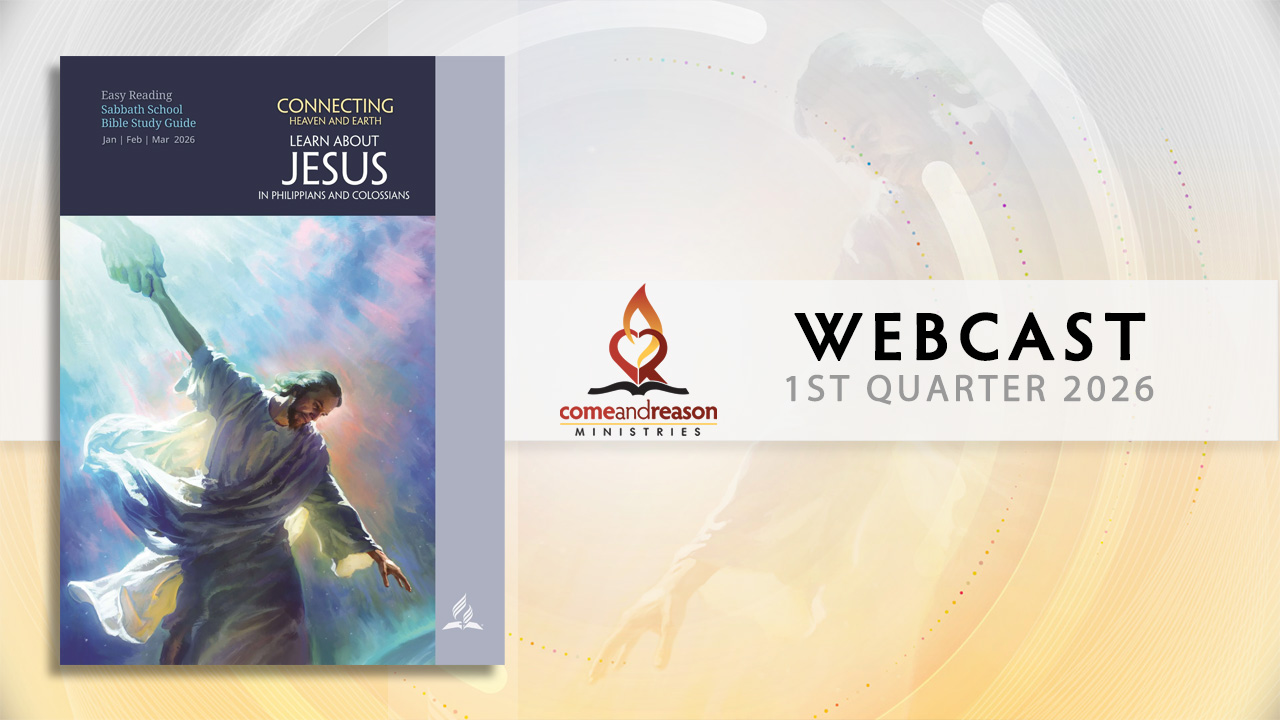
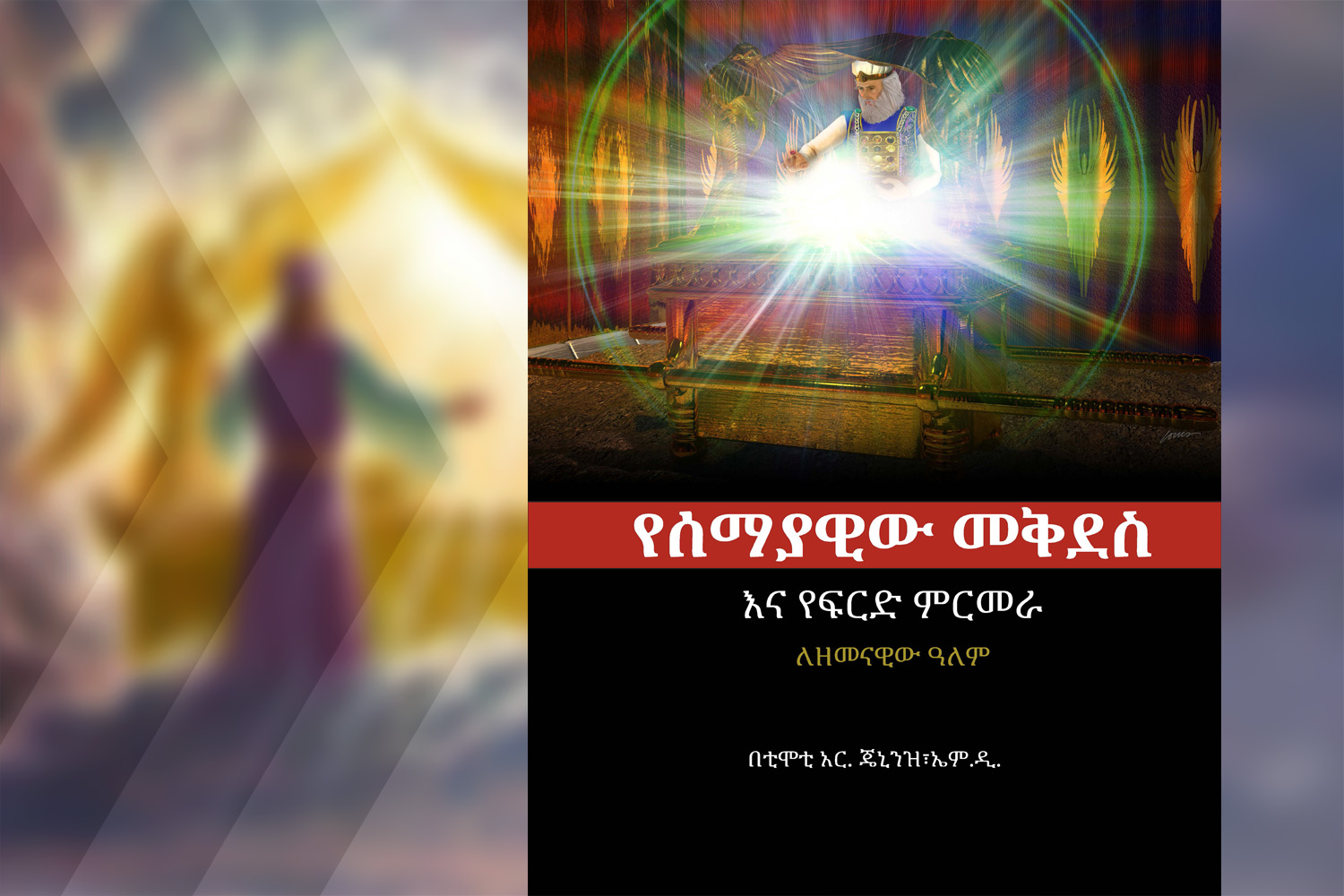
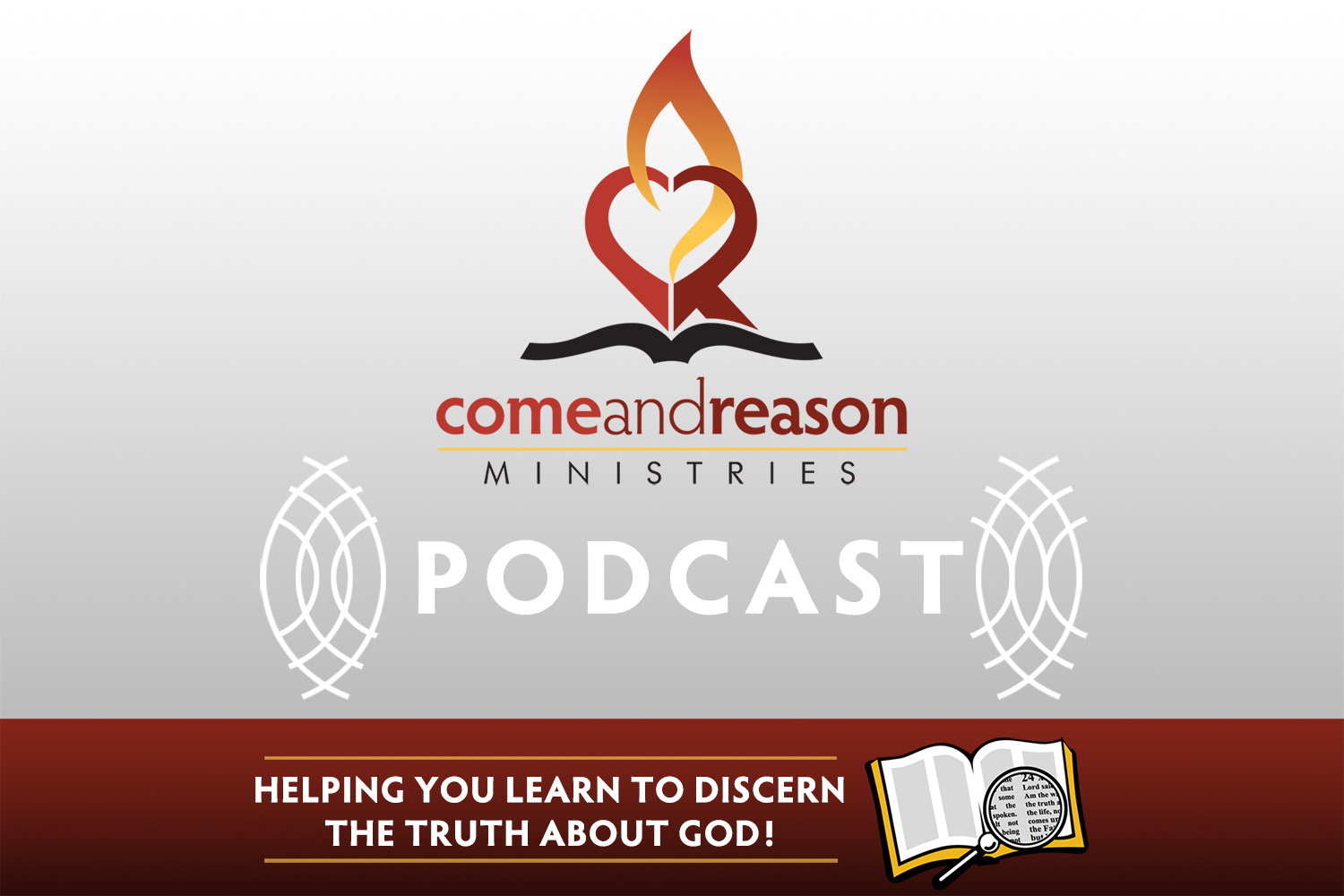
 using your credit or debit card (no PayPal account needed, unless you want to set up a monthly, recurring payment).
using your credit or debit card (no PayPal account needed, unless you want to set up a monthly, recurring payment). instead?
instead?